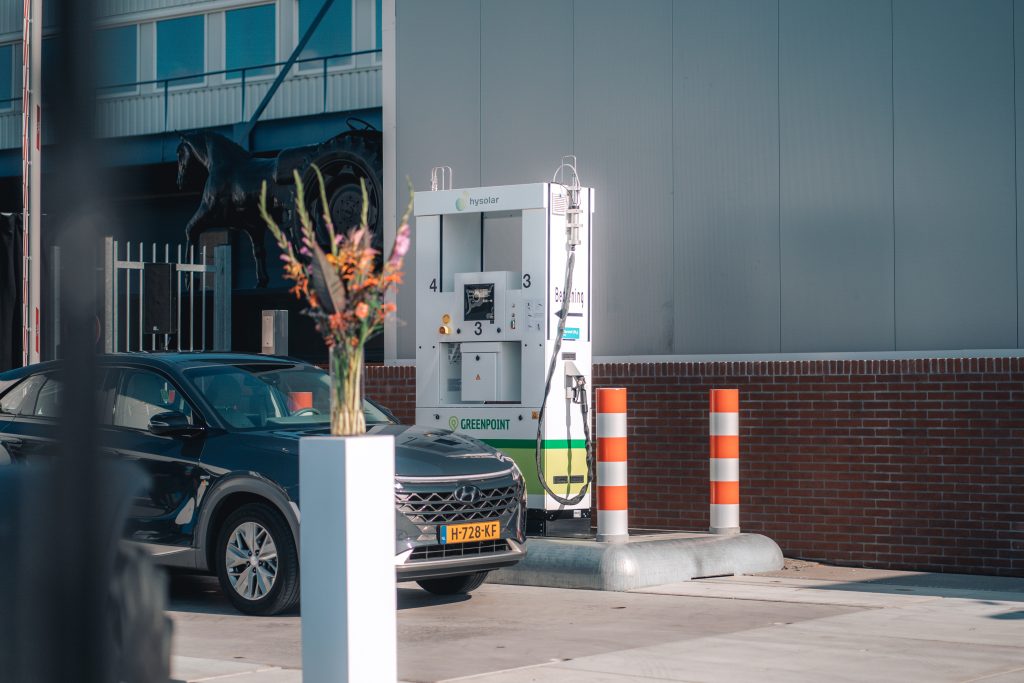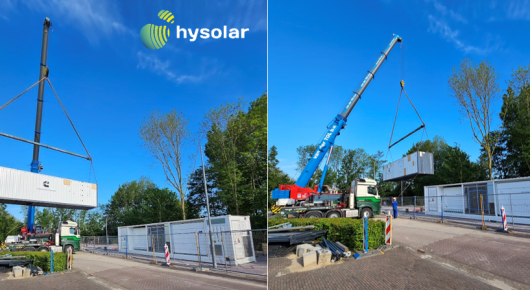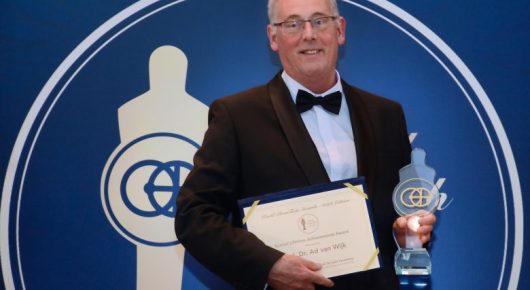Hydrogen station Nieuwegein reaches milestone of 5,000 refuels
4 July 2022The first step has been taken: the Hysolar Greenpoint hydrogen station in Nieuwegein has reached the 5000 refuels mark. This is a major step that demonstrates that hydrogen mobility is growing and that more and more road users see hydrogen as an alternative to battery-electric driving. The zero-emission station has been in operation for a year now.
Zero-emission energy source
More and more hydrogen drivers are finding their way to the hydrogen station at the Morsebaan location in Nieuwegein. Hydrogen therefore has the potential to become a major factor in the transition to zero-emission driving. Like battery-electric driving, hydrogen is a zero-emission energy carrier. Even though 5000 refuels is not a lot for a petrol station, it is for a hydrogen station: a satisfying milestone that underlines the prospects for the future.

Over 60% percent of refuels are now for other customers, demonstrating that more and more other companies are joining the transition to zero-emission driving.
Promising percentages
The hydrogen filling station, which has been operational for a year – the official opening was in October 2021 – is an alliance between Aannemingsbedrijf Jos Scholman, Allied Waters, Van Kessel/Greenpoint and Scholt Energy. The first vehicles to refuel here were from these companies but it is striking that more and more other users are finding their way to Nieuwegein. Perry Wens, the energy transition account manager at Van Kessel/Greenpoint: “Over 60% percent of refuels are now for other customers. We can also see this in the payment methods used, such as the Multitankcard and Travelcard. This demonstrates that more and more other companies are joining the transition to zero-emission driving and finding their way to our station. That is very promising!”
From sun to tank
In short: the parties behind the Greenpoint Hysolar station are firm believers in hydrogen and they are moving ahead further on development. The next step for the Hysolar Greenpoint station in Nieuwegein will be the local production of green hydrogen. The hydrogen is still taken there by trucks now, as at standard petrol stations. Perry: “The plan is to produce hydrogen locally. In the future, the green hydrogen will be produced with electricity from the nearby solar farm, which has a capacity of 2023 megawatt peak. The electrolyser has a capacity of 2.5 MW and it can produce 300 tonnes of hydrogen annually. That’s enough for 1500 passenger cars or 60 public transport buses. The green hydrogen can also be taken to other filling stations in tube trailers. How cool is that: from sun to tank?”

